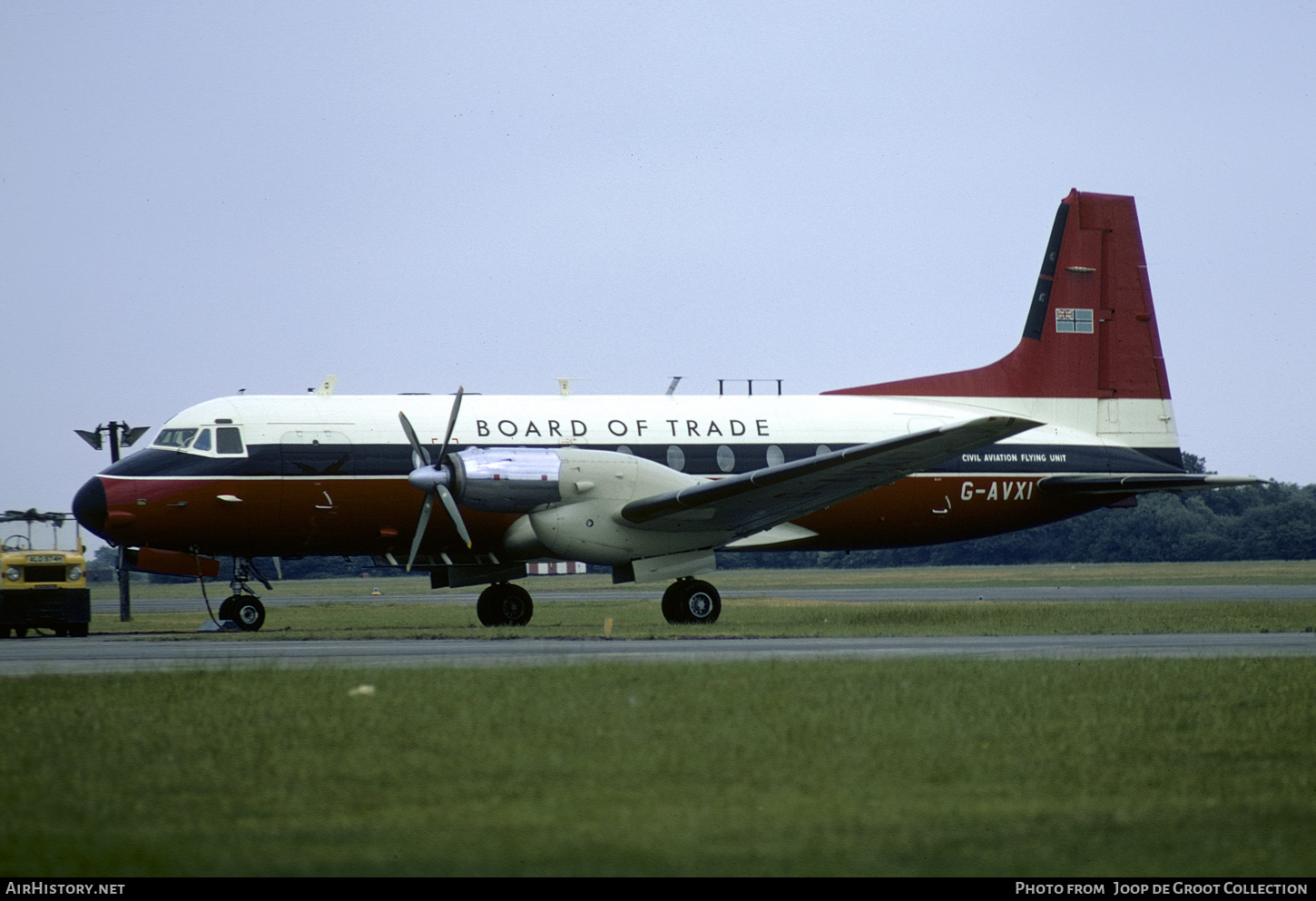The Hawker Siddeley HS-748 is a turboprop-powered airliner that was produced by Hawker Siddeley (now part of BAE Systems) from the late 1960s through to the 1980s. The first commercial version of the HS-748 was known as the Series 100 and entered service with Faucett Perú in 1970. The Series 200, which first flew in 1971, was an updated version with a more powerful engine and increased fuel capacity. A total of 58 HS-748 aircraft were built in total, and it remains in service today with a number of airlines in Australia, Canada, New Zealand, Spain and the United Kingdom.
Hawker Siddeley designed the HS-748 as a short haul airliner capable of operating on short runways and landing at relatively small airports. It had a high cruising speed and was able to carry over 50 passengers between 1,200 to 3,000 kilometers (750 – 1,900 miles), while remaining economical enough to serve markets with lower demand for air travel. In terms of performance characteristics, it outclasses its predecessor – the HS-727 – by having a higher cruising speed and being more fuel efficient.
The characteristic wing design of the HS-748 was innovative for its time; conventionally
The Hawker Siddeley HS-748 was a short to medium range airliner that operated between the years of 1967 and 1993. The aircraft was manufactured by British Aerospace, a company that would later go on to become BAE Systems. The Hawker Siddeley HS-748 was the largest and most successful of the HS-748 series of aircraft.
The Hawker Siddeley HS-748 had a maximum take off weight of 67,000 pounds and could carry up to 77 passengers in a seated configuration. The aircraft featured a pair of turbofan engines made by Rolls Royce and an airfoil design similar to that of the DC-9. The flight deck was equipped with two pilots, as well as an optional third pilot for training purposes. As an airliner, the Hawker Siddeley HS-748 was relatively inexpensive to operate, which made it popular with many airlines around the world.
The Hawker Siddeley HS-748 is a turboprop-powered feederliner aircraft designed and manufactured by Hawker Siddeley Canada (later known as de Havilland Canada). It was developed in the early 1960s to replace the earlier HS-748 and achieved certification on February 10, 1966.
The HS-748 was produced in three variants. The original variant, the HS-748-1A, was fitted with Pratt & Whitney Canada PT6A-27 engines. There was also the HS-748-2A and -2B, which were fitted with more powerful Pratt & Whitney Canada PT6A-28 engines. The -2B also included a number of other improvements over the -2A, including an increase in gross weight from 26,000 lb (12,000 kg) to 27,500 lb (12,400 kg), longer span flaps and leading edge slats, as well as an increase in maximum take-off weight from 29,500 lb (13,250 kg) to 31,500 lb (14,300 kg). Because of these changes, the -2B is often referred to as the Series 200.
The majority of the production run consisted of the Series 200 version
The Hawker Siddeley HS-748 is a short to medium range twin-turboprop airliner and utility transport aircraft. Manufactured by the Hawker Siddeley Group in the United Kingdom, it was developed from their earlier HS-121 Trident airliner. It is unique among airliners in that its design allows easy conversion between an 80 passenger airliner and a freighter with a capacity of up to 20 tonnes (18 long tons; 20 short tons). The HS-748 holds the distinction of being the first airliner to be designed solely using computers. It is also one of only two jet airliners ever to be built in Scotland, the other being the Scottish Aviation Twin Pioneer.
